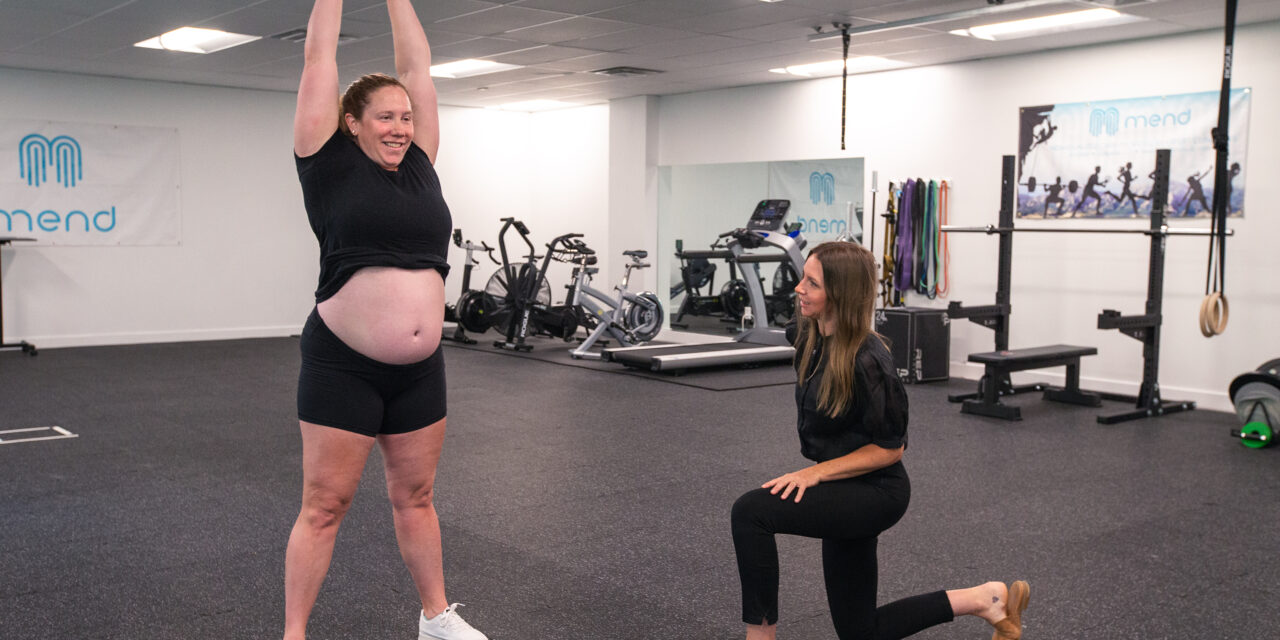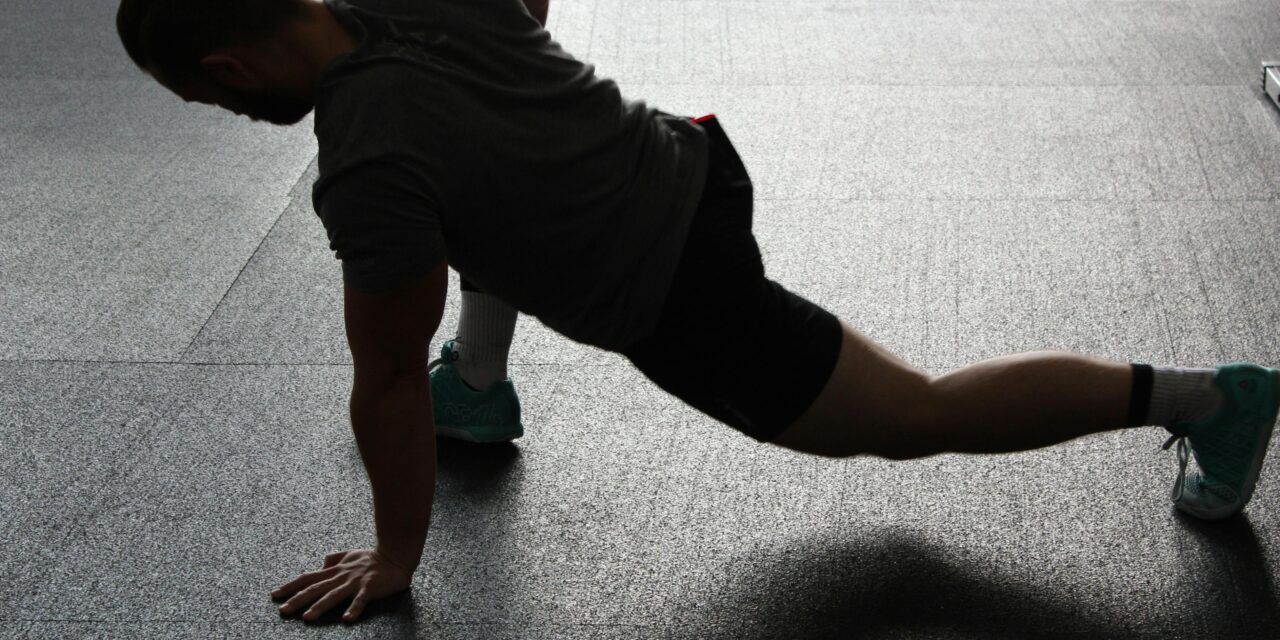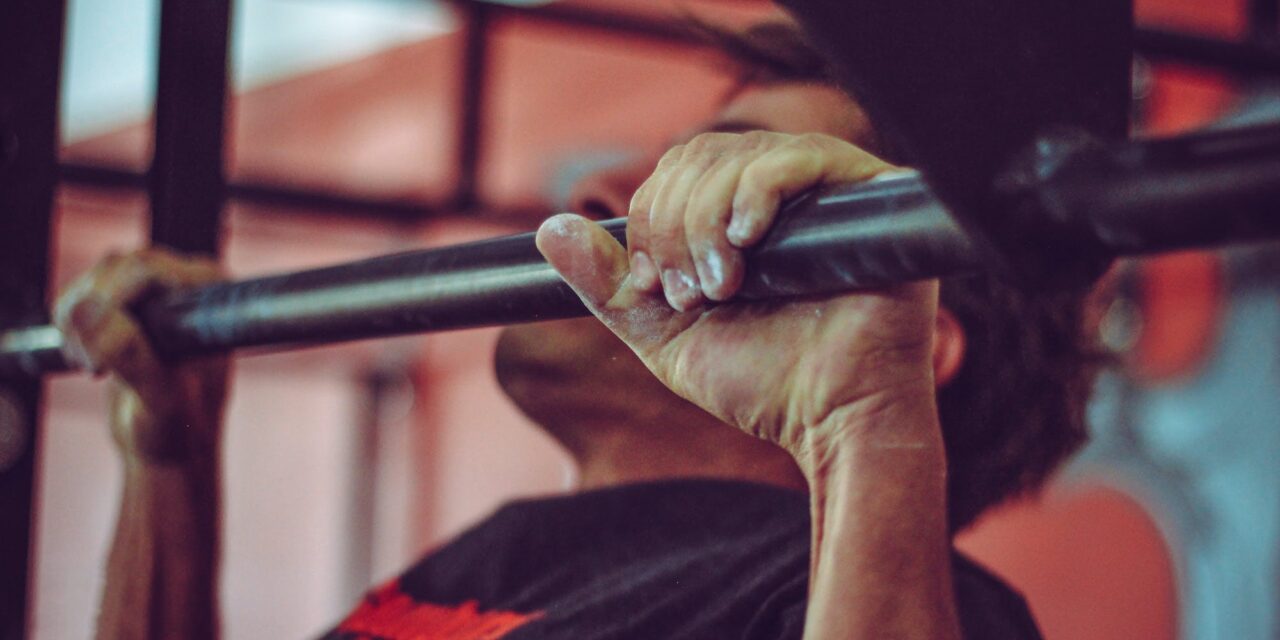Crossfit Modifications During Pregnancy
There has been a significant rise in female participation in crossfit over the past decade, thus increasing the chance that a portion of athletes will at some point experience pregnancy. In our Boulder Physical Therapy and Lafayette Physical Therapy clinics we frequently treat patients looking to stay active during and after their pregnancies. Traditionally, high...









